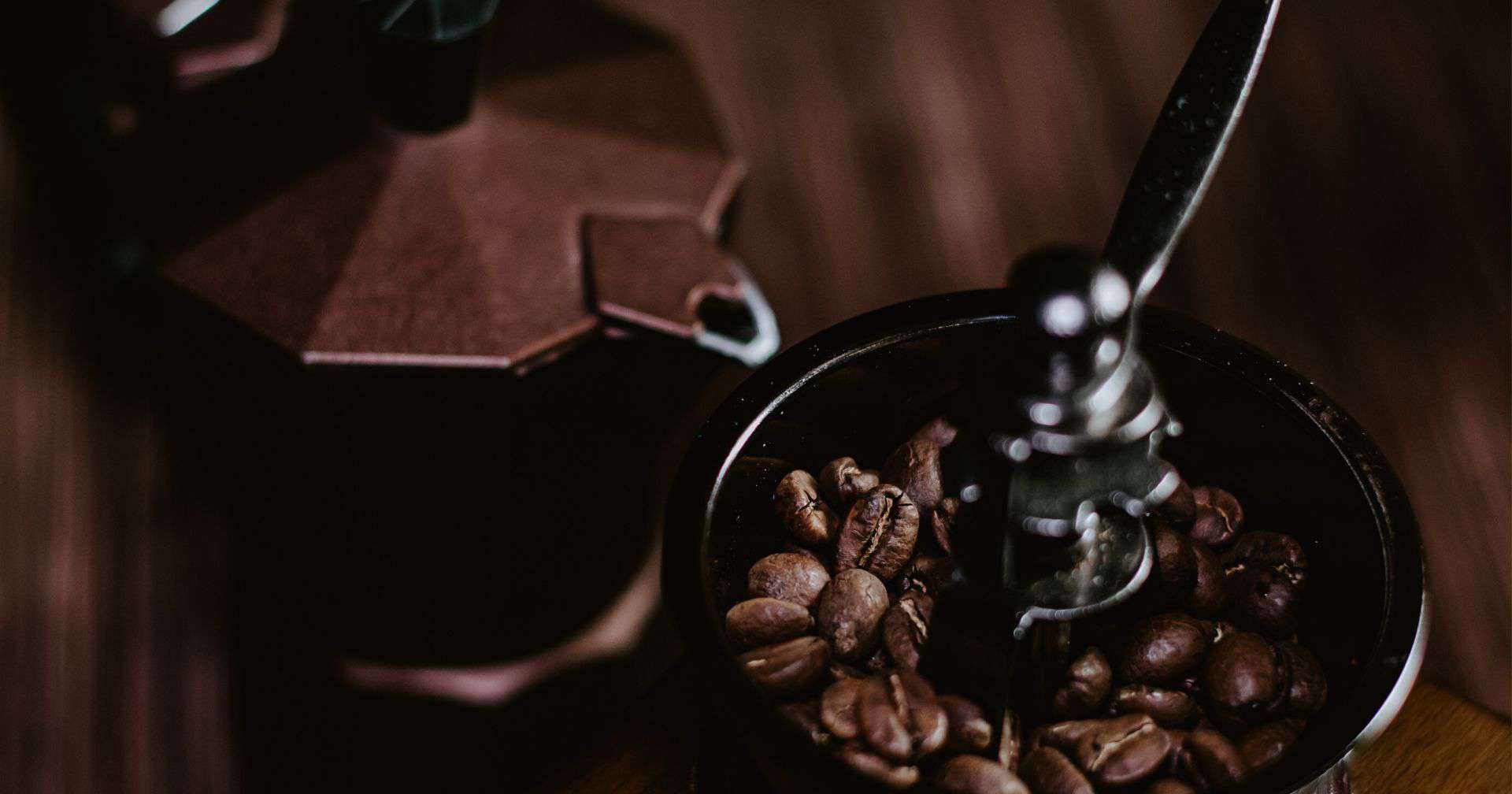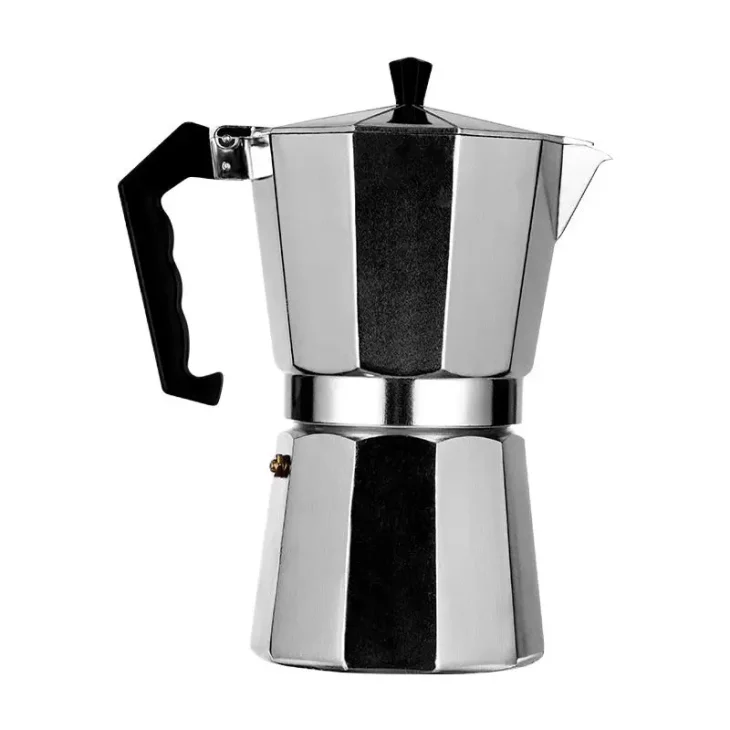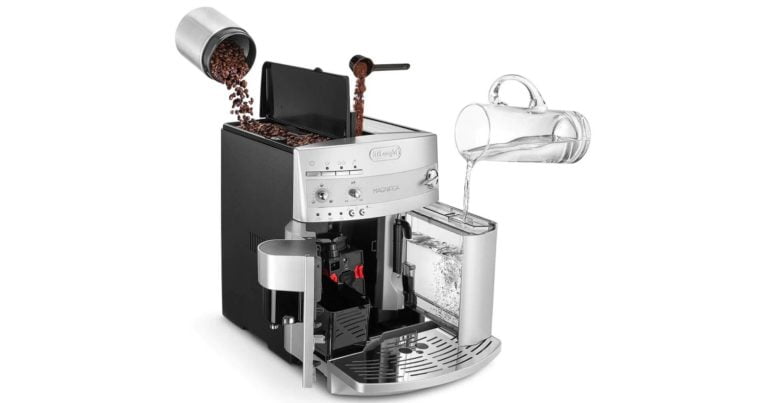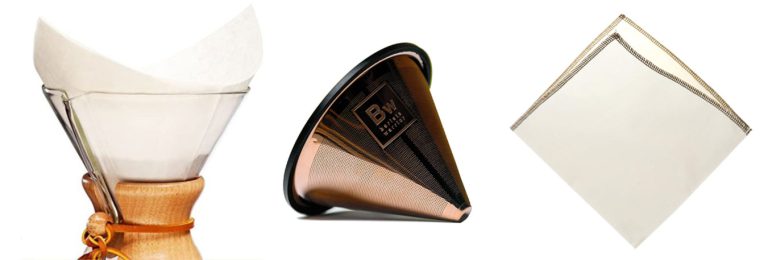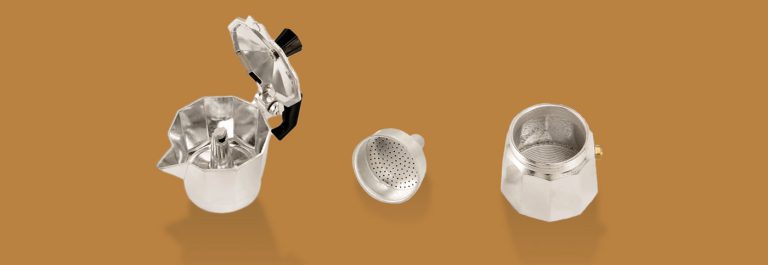How to Use a Spanish Coffee Maker Like a Pro!
There are numerous ways to make coffee in the US, but the Spanish make their home brew a bit stronger with their cafeteras italianas (cafeteras, for short).
We’ll show you, step-by-step how to use a Spanish Coffee Maker, also known as a Moka Pot. Using this walkthrough will give you a better explanation as to why the espresso on stovetop maker can make better coffee than your average espresso maker. Best of all, you’ll learn how to make an espresso-style cup of coffee without making a mess in your kitchen!
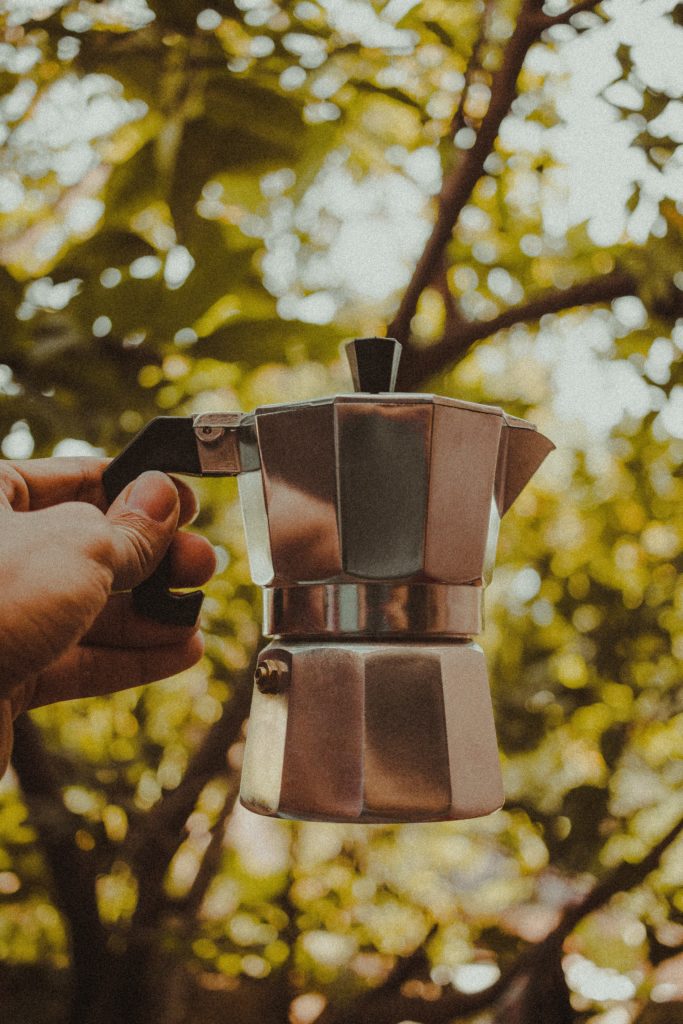
What is a Spanish Espresso Maker?
Spaniards have better ways of enjoying coffee and one of those ways is by brewing with an espresso machine that most Spanish coffee connoisseurs use in their homes. It’s way different from the usual stovetop percolators used in the US because it makes coffee fast and, even more, the stovetop espresso maker allows you to make actual espresso. This Spanish way of making coffee is part of the “cafe con leche culture” you’ll find in Spain’s streets but is it replicable in your kitchen?
The coffee maker in Spain (or the cafetera) consists of three parts:
- The base: where the water is placed
- The middle funnel or filter: for the coffee grounds
- The top chamber: where the brewed espresso takes place

Using this type of espresso maker, how do Spanish enjoy their coffee? There are a lot of ways, including:
Cafe Solo (Un Espresso)
Americans are used to coffee phrases such as “a shot of espresso.” You can easily manage your way with these words in Starbucks, Scooter’s Coffee, or any other American coffee shop. In Spain, it doesn’t work this way. To order at a European cafe and get them to serve you a shot of espresso, you should ask for un espresso.
You should expect Spanish baristas to serve you their best tasting coffee in a small, shot-type glass different from the usual ceramic espresso cup served in American cafes.
Cafe con Leche
Cafe con Leche is a combined half equal parts of espresso and milk. To make this, the milk is usually but not always heated. It is often served in breakfast pair with any pastry or un bollo. If you’re in a hurry and want a cafe con leche, you can opt for a leche del tiempo (room temperature milk) or leche fria (cold milk).
Cafe Cortado
Cafe Cortado is a coffee taken after meals; either lunch or dinner. Its cupping notes are stronger than Cafe con Leche because it follows a 4:1 ratio of espresso to heated milk. If you don’t want to mess with your sleep, Cafe Cortado is best consumed after lunch. It usually comes with a packet of sugar if you’ll be ordering it from any European coffee shops.
Cafe Corto
It is a more robust version of the Cafe Solo and often confused with Cafe Cortado. It is made “intentionally improper” by using the average amount of coffee grounds but brewed with less water. Thus making this strange concoction a strong shot.
Carajillo
The Carajillo is a favorite beverage of old folks in Spain. It is a mixture of three parts of un espresso and one part of brandy, rum, aguardiente, or Licor 43 (a famous Cartagena sweet liqueur). Often, sugar is added to sweeten up this drink.
Cafe Americano
Cafe Americano is a un espresso diluted with hot water. It is the closest you’ll get to a cup of American joe using an espresso maker for stove. Although some Spanish cafes, bars, and restaurants use espresso machines, they still lack adequate equipment for drip coffee. This may be related more to supply and demand than anything else.
Cafe Manchado (stained coffee)
Cafe Manchado is stained coffee with heated milk. It is quite similar to Café con Leche but has relatively less coffee. It is often recommended to people who like roast-flavored beverages and a lighter cup of coffee.
Cafe con Hielo
It is an iced Spanish coffee version. It is a combination of un espresso and a glass of ice. You have to drink this fast, or the ice will dilute the espresso shot. Often, the espresso may quickly go stale when diluted with ice so please toss this back in one or two sips.
What will you need?
To brew a Spanish coffee in the comforts of your home, you’ll need a stainless steel stovetop espresso maker, a cold towel, and the following procedures for using an espresso maker stovetop coffee pot to avoid spilling grinds all over your kitchen.
Classic Aluminum Moka Pot
This high-quality aluminum Moka Pot is a practical solution for brewing rich and aromatic coffee on traditional stovetops. It features a classic design, blending functionality with simplicity at a price you can’t beat. Available in 6 sizes.
Step-by-step instructions
To prepare the Spanish coffee, follow this fool-proof instruction for operating a stove top espresso coffee pot.
- Unscrew the top chamber, the middle funnel, and the base.
- Fill the lower receptacle (the base) with water no higher than the notch.
- Re-screw the middle funnel back to the bottom. Make sure that you don’t fill the base with too much water, or it will boil out as a diluted espresso.
- Fill the middle funnel with your favorite espresso grounds. The richness and strength of the espresso depend on the amount you’ll scoop into this section.
- Screw the top chamber of the stovetop espresso coffee pot on the bottom half tightly. It is to prevent the roast from spraying all over your countertop or drip out as it rises to the top chamber as it boils.
- Heat the stainless steel coffee pot on an appropriate-sized stovetop espresso burner on medium-to-high heat until the water boils.
- Listen for the gurgling sound to stop and then quickly remove your cafetera from the heat source.
There you have it! You’ve made Spanish coffee. If you’re making a Cafe con Leche, it is best to pre-heat the milk before adding it to your un espresso. Adding room temperature or cold milk will only cool off the coffee.
Pro brewing tips for a BETTER tasting coffee with a Spanish Coffee Maker
To make a good cup of joe using a stainless steel Moka pot, there are some pro tips we’d like to share such as:
- To shorten the time it will take to boil the coffee, heat the water in a separate vessel like an electric kettle.
- The number of grounds you put in the coffee pot can affect the overall taste of your coffee. The more you add, the more pungent it will become. The lesser the amount, the weaker it will be.
- For a better quality, more even extraction, press the grounds tightly into the middle funnel.
- When you pour from your stovetop espresso maker into your mug, the secret to avoiding a messy countertop is to pour slowly with an arched angle.
- Be cautious when checking your coffee pot if the roast is ready because some top chambers will be hot to touch.
Conclusion
Making Spanish coffee is an art. It should be created in the most delicate and relaxed way. Brewing it impatiently can result in a bad tasting coffee and a messy kitchen space! Who wants that? Brewing the perfect cup from your pot requires great attention when making coffee the way Spaniards do it.
The typical Spanish household may not have an assortment of sparsely used brewing devices like the Aeropress, Nespresso pods, or a De’Longhi espresso machine, but they do have a stainless steel coffee pot that can match any best-tasting coffee. So if you want to be adventurous with the way you brew your morning cup, you should explore the Spanish espresso maker stove version, cafetera, moka pot, or whatever you wish to call it. It’s an easy way to make espresso at home.
Have you tried any of the Spanish coffee beverages mentioned above? What’s the best-tasting Spanish coffee that you have tasted? Please share with us your Spanish coffee thoughts below.
Want something more sophisticated than a moka pot? Please read our guide to the best coffee makers for something with a little more tech!

